Blob Links Are Blocked
Introduction:
In recent years, the use of blob links has grown significantly, providing a convenient way to share and access files. However, due to security concerns, some platforms and browsers have begun blocking blob links. In this article, we will delve into the functionality of blob links, the reasons behind their blockage, and the implications this has on security, user experience, and accessibility. Furthermore, we will explore alternative approaches, and discuss the future of blob links.
1. Overview of Blob Links and Their Functionality:
Blob links, also known as object URLs or blob URLs, provide a method to directly access files stored as Blob objects in JavaScript. Blob objects can be images, audio files, videos, or other types of data. These URLs allow for seamless integration within web applications, enabling dynamic file generation and manipulation.
2. The Reasons for Blocking Blob Links:
The primary reason behind blocking blob links is security. Blob URLs can be used maliciously to disguise and distribute harmful content. By blocking blob links, platforms aim to protect users from potential threats such as viruses, malware, or phishing attempts.
3. Impact of Blocking Blob Links:
Blocking blob links has both positive and negative consequences. On one hand, it enhances the security of users and their devices, preventing inadvertent access to potentially harmful files. On the other hand, it hampers convenience and limits the seamless flow of file sharing within web applications.
4. Security Considerations Behind Blocking Blob Links:
Blob links can bypass traditional security measures like content filtering. They enable the direct access and execution of files without any server verification. Consequently, platforms opt to block blob links to uphold standards of security and protect users from potential vulnerabilities.
5. User Experience and Accessibility Challenges:
Blocking blob links can present challenges for user experience and accessibility. This approach disrupts the seamless flow of file sharing within web applications, requiring alternative methods to be implemented. Users might also struggle to access files through other means, particularly on mobile devices or in restricted environments.
6. Alternatives to Blob Links in File Sharing:
To mitigate the issues caused by blocked blob links, alternative approaches can be adopted. These include utilizing server-side file operations, implementing temporary URLs with access expiration, or switching to cloud storage services. These alternatives ensure security while maintaining a level of convenience for users.
7. Balancing Security and User Convenience in Allowing Blob Links:
Achieving a balance between security and user convenience is crucial. Platforms can consider implementing stricter access controls, such as content filtering and user authentication, to allow blob links only from verified sources. This way, users can utilize blob links while minimizing potential security risks.
8. Regulating Access to Blob Links: Role of Content Filtering:
Content filtering plays a vital role in regulating access to blob links. By employing advanced content analysis techniques, platforms can effectively detect and block malicious blob links while allowing legitimate ones. Regular updates and leveraging artificial intelligence also contribute to enhanced security.
9. Mitigating Risks and Ensuring Security when Using Blob Links:
To ensure security when using blob links, it is essential to educate users about potential risks and encourage safe browsing practices. Implementing strict security measures, such as regularly updating security protocols and running frequent vulnerability assessments, is also crucial for minimizing risks.
10. The Future of Blob Links and Potential Solutions:
The future of blob links involves finding a middle ground between security concerns and user convenience. Potential solutions might include introducing standardized protocols for blob URL verification, enhancing browser security features, or developing new file sharing methods that prioritize security and accessibility.
FAQs:
1. How can I use the window.open(blobURL) function to open a blob file in Android?
To open a blob file in Android using the window.open() function, you can utilize the Android Intents mechanism. By passing the blob URL to an appropriate intent, you can prompt the user to choose a suitable application for opening the file.
2. How do I open a blob file in a web browser?
Opening a blob file in a web browser can be achieved by utilizing the createObjectURL() function in JavaScript. This function converts a Blob object into a URL that can be used as the source for an HTML element, such as an image or a video tag.
3. How can I open a blob file in a new tab using JavaScript?
Unfortunately, opening a blob file in a new tab directly using JavaScript is not possible due to browser security restrictions. However, you can still provide users with a download option to save the blob file locally and then open it in a new tab manually.
4. Why is my blob URL not working?
There could be several reasons why a blob URL is not working. Firstly, ensure that the URL is properly generated and assigned. Additionally, check if the blob file or its source is corrupted. Finally, verify that the browser or platform you are using does not block blob links.
5. How can I open a blob file by specifying its filename using window.open()?
The window.open() function does not directly support the specification of a filename when opening a blob file. Instead, consider providing a download option to allow users to save the blob file with their desired filename.
In conclusion, the blocking of blob links serves as a necessary security measure in the ever-evolving digital landscape. While it may cause temporary inconveniences, by adopting alternative approaches and striking a balance between security and user convenience, platforms can ensure a safer and more accessible file-sharing experience. The future of blob links lies in finding innovative solutions that prioritize both security and accessibility.
How To Download Blob Url Videos
What Are Blob Links?
In today’s digital age, file storage and sharing have become a fundamental part of our daily lives. Whether it’s sharing documents with colleagues, uploading photos to the cloud, or collaborating on projects remotely, the need for efficient and reliable file sharing solutions has skyrocketed. One such solution that has gained significant attention in recent years is blob links.
Blob links, short for Binary Large Object links, are a way of referring to and accessing files stored in a cloud storage system. They are widely used in web development, content management systems, and other applications that require the seamless integration and retrieval of files from remote storage. By utilizing blob links, developers can easily handle large files, stream media content, and share data across different platforms and devices.
How do Blob Links Work?
To better understand how blob links function, let’s take a closer look at their underlying mechanisms. Blob links are essentially URLs that point to a specific file or object stored within a cloud storage system. These URLs consist of the storage account name, container name, and a unique identifier for the blob.
When a user clicks on a blob link, it triggers a request to the cloud storage system, which then retrieves and delivers the requested file. The cloud storage provider handles the data transfer, ensuring an efficient and secure process. This method allows for dynamic linking, as the system can update the content of a file without modifying the associated blob link.
Blob links can be created and managed through various development platforms, such as Azure Blob Storage, Amazon S3, or Google Cloud Storage. These services also offer additional features like access control, encryption, and versioning, allowing developers to fine-tune their file management strategies.
Advantages of Blob Links
1. Efficiency: Blob links enable fast and reliable access to files, regardless of their size or format. Whether it’s an image, video, or document, blob links ensure a seamless user experience.
2. Cost-effective: By utilizing cloud storage, companies can reduce their infrastructure and maintenance costs. Blob links allow for efficient storage and retrieval without the need for local servers or expensive hardware.
3. Scalability: As businesses and data needs grow, blob links can easily accommodate increased file storage and sharing requirements. Cloud storage providers offer highly scalable solutions, allowing developers to adapt to changing demands.
4. Accessibility: Blob links provide a universal way of accessing files, regardless of the device or platform. This ensures a consistent user experience and improves collaboration across different teams and locations.
Frequently Asked Questions (FAQs)
1. Are blob links secure?
Blob links can be secured using various methods. Cloud storage providers offer access control mechanisms that allow developers to define permissions and restrict access to specific files. Additionally, clients can implement encryption techniques to provide an extra layer of security for their data.
2. Can blob links be used for streaming media content?
Yes, blob links are commonly used for streaming media content. By specifying the content type and utilizing appropriate media streaming protocols, developers can stream audio and video files seamlessly with blob links.
3. Can blob links be shared externally?
Blob links can be shared externally, allowing users outside of an organization to access specific files. However, it’s crucial to implement proper access control mechanisms to ensure that sensitive data is not exposed to unauthorized users.
4. How can blob links benefit content management systems?
Blob links play a vital role in content management systems as they provide a way to efficiently store and retrieve files associated with web pages or digital assets. This simplifies website management and improves the overall user experience.
5. Are there any limitations to using blob links?
While blob links offer numerous advantages, there are a few limitations to consider. Ensure that your cloud storage provider offers sufficient storage capacity to meet your needs. Additionally, consider the potential latency associated with retrieving files from a remote server.
In conclusion, blob links have revolutionized the way we handle file storage and sharing. As an efficient and scalable solution, they provide seamless access to files stored in the cloud, enhancing collaboration and improving user experiences. Implementing blob links can streamline workflows, enable dynamic linking, and contribute to cost savings. With proper security measures in place, organizations can leverage the power of blob links to optimize their file management strategies in today’s digital landscape.
What Is Blob Http Url?
As the internet continues to evolve, new technologies and methods of transferring data have emerged. One of these advancements is the Blob HTTP URL, also known as the blob: URL. It is a unique type of URL that allows for efficient and secure data transfer between web applications and browsers. In this article, we will take a deeper look at what the blob HTTP URL is, how it works, and its potential applications.
Blob: A Brief Overview
To understand the blob HTTP URL, it is essential to first grasp the concept of a blob. Blob is an acronym for Binary Large Object, which refers to a binary data object consisting of a sequence of bytes. Blobs can store various types of data, such as images, audio files, videos, and other multimedia content. They are commonly utilized to transfer or store large amounts of data efficiently.
How Does a Blob HTTP URL Function?
A blob HTTP URL provides a way to reference a blob within a web application without exposing its underlying source. When a blob HTTP URL is generated, it represents a temporary local file that is created and maintained by the browser. It essentially acts as a reference to a blob object residing in the browser’s memory.
Unlike regular URLs that point to resources on the internet, blob HTTP URLs are unique to the user’s browser session and cannot be shared or accessed by other users. This property makes them a secure way to handle sensitive or private data.
Blob URLs are typically created using the URL.createObjectURL() method, which takes a Blob object as input and returns a blob HTTP URL. Once a blob HTTP URL is created, it can be used as a source for various HTML elements such as images, audio, and video players.
Applications of Blob HTTP URLs
1. Media Handling: Blob HTTP URLs are frequently used for handling media content within web applications. Images or videos uploaded by users can be accessed and displayed using blob URLs without the need to store them on a server. This approach reduces server loads and provides a more responsive user experience.
2. Offline Storage: Blob HTTP URLs can also be utilized for offline storage. When a user’s device is not connected to the internet, blob URLs can reference blobs stored locally in the browser. This feature is particularly valuable for web applications that require offline functionality, such as note-taking or document editors.
3. File Transfers: Blob HTTP URLs facilitate seamless transfer of files between the user’s device and a web application. By simply referencing a blob URL, users can upload or download files, eliminating the need for complex server-side code or third-party file-sharing services.
Frequently Asked Questions
Q1: Can blob HTTP URLs be bookmarked or shared?
No, blob HTTP URLs cannot be bookmarked or shared as they are unique to the user’s browser session. If a blob HTTP URL is accessed from a different browser or by another user, it will not resolve to the correct resource.
Q2: Can blob HTTP URLs be used for cross-origin requests?
No, blob HTTP URLs are subject to the same-origin policy implemented by web browsers. This policy restricts cross-origin access to blob URLs, enhancing security by preventing unauthorized access to sensitive data.
Q3: How long do blob HTTP URLs persist?
Blob HTTP URLs are temporary and are only valid within the user’s current browser session. They will cease to exist once the session is closed or the page is refreshed.
Q4: Are blob HTTP URLs supported by all web browsers?
While blob HTTP URLs are widely supported by modern browsers, it is essential to check for specific browser compatibility. Some older browsers may have limited support or require polyfills to utilize blob URLs effectively.
Conclusion
In conclusion, blob HTTP URLs provide a secure and efficient way to transfer and reference blobs within web applications. They offer various benefits, including media handling, offline storage, and file transfers. Understanding the workings and applications of blob HTTP URLs is crucial for developers looking to improve user experiences and enhance their web applications’ functionality.
Keywords searched by users: blob links are blocked window open blob url, how to open blob file in android, how to open blob file in browser, open blob file in new tab javascript, blob url not working, window open blob filename
Categories: Top 36 Blob Links Are Blocked
See more here: nhanvietluanvan.com
Window Open Blob Url
Introduction
As web technologies continue to evolve, developers are constantly seeking new ways to enhance user experience and streamline their development process. One such tool that has gained popularity in recent years is the Window Open Blob URL. This powerful feature allows developers to create and open new windows or tabs using the contents of a Blob URL, opening up a world of possibilities for dynamic web applications. In this article, we will explore the concept of Blob URLs, how they can be opened using the Window Open Blob URL method, and how developers can leverage this tool to create innovative web applications.
Understanding Blob URLs
Before delving into the specifics of Window Open Blob URL, it’s essential to grasp the concept of Blob URLs. Blob stands for Binary Large Object and is a data type used to store binary data in browsers. Blob URLs, also known as Object URLs, are essentially URLs that reference the location of a Blob object.
A Blob object is a collection of binary data that can be of any type, such as images, videos, and documents. These objects are created using the Blob constructor or by using response.blob() in the Fetch API. Blob URLs provide a unique URL for each Blob object, allowing developers to manipulate and use the binary data within web applications.
The Window Open Blob URL Method
The Window Open Blob URL method is a powerful feature that enables developers to open new windows or tabs using the content of a Blob URL. It provides a seamless way to share data and user-generated content across browser windows, making it useful in scenarios like previewing images or dynamically generating documents.
To utilize this method, the window.open() function is used with the Blob URL as its parameter, just like opening any regular URL. For example:
“`
var blobURL = URL.createObjectURL(blob);
window.open(blobURL);
“`
Here, the Blob URL is generated using the createObjectURL() function from the URL Web API. Once the Blob URL is obtained, it can be passed as a parameter to window.open(), launching a new browser window or tab with the content of the Blob URL.
Leveraging the Power of Window Open Blob URL
The Window Open Blob URL method opens up a plethora of possibilities for web developers. It can be used to create various interactive features and functionalities within web applications. Here are a few areas where developers can leverage the power of Window Open Blob URL:
1. Image Previews: Developers can harness Blob URLs to provide users with real-time image previews before uploading them to a server. By simply opening a new window or tab using the Blob URL, users can preview the image they are about to upload, enhancing the user experience.
2. Document Generation: Generating documents on the fly is a common requirement in many web applications. With Blob URLs, developers can open a new window or tab that displays a document created dynamically using the content of Blob URLs. This allows for the generation of PDFs, Word documents, or Excel spreadsheets with ease.
3. Media Playback: Blob URLs are an efficient way to handle media files such as videos or audio. By leveraging the Window Open Blob URL method, developers can provide users with a dedicated window or tab to play media files without interrupting their browsing experience.
4. Secure Data Sharing: Blob URLs can be used to securely share sensitive data between browser windows or tabs. By generating a Blob URL that contains encrypted or secure data, developers can open a new window or tab to display the data without worrying about data leaks or unauthorized access.
FAQs
Q1. Can Blob URLs be used with all browsers?
A1. Most modern browsers support Blob URLs without any issues. However, it’s always a good practice to check browser compatibility before implementing Blob URLs, as some older browsers may have limited support.
Q2. Are Blob URLs permanent?
A2. No, Blob URLs are temporary and are revoked automatically by the browser once the window or tab is closed. Developers should ensure that Blob URLs are generated and revoked appropriately to avoid potential memory leaks.
Q3. Can Blob URLs be used for cross-origin resource sharing (CORS)?
A3. Yes, Blob URLs can be used for CORS. However, it is essential to set the appropriate CORS headers when serving the Blob object content to avoid any security issues.
Q4. Are Blob URLs suitable for large files?
A4. Blob URLs are generally suitable for small to medium-sized files. For very large files, developers should consider alternative methods or technologies to avoid potential performance issues.
Conclusion
The Window Open Blob URL method is a powerful tool for web developers, offering a seamless way to open new windows or tabs using the content of a Blob URL. From image previews to document generation, media playback, and secure data sharing, there are endless possibilities for utilizing this feature. By understanding Blob URLs and leveraging the Window Open Blob URL method, developers can enhance user experience and create innovative web applications.
How To Open Blob File In Android
Blob files, also known as Binary Large Objects, are non-text files that store data in binary format. While blob files can contain various types of data, such as images, videos, audio files, or even database records, they cannot be opened directly in Android devices. To access the content within a blob file, you need to understand the underlying file format and utilize appropriate software or techniques. In this article, we will delve into the world of blob files, explore methods to open them in Android, and answer frequently asked questions related to this topic.
Understanding Blob Files:
Before we jump into the process of opening blob files in Android, it is essential to have a basic understanding of what they are and how they work. Blob files store data as raw binary streams rather than plain text, making them suitable for storing large amounts of data efficiently. While some blob files are accompanied by a file extension, such as .blob or .bin, others might lack a standard extension altogether.
Opening Blob Files in Android:
1. Identify the File Format:
The first step in accessing the content within a blob file is identifying the associated file format. By determining the file format, you can search for a suitable tool or application that supports it. For instance, if the blob file contains an image, you can use an image viewer app to open it.
2. Utilize Specific Software:
Once you have identified the file format, search for a software or application that can open the specific type of blob file. There are various file viewers available on the Google Play Store, such as WinZip, WinRAR, or ES File Explorer, which can handle a wide array of file formats.
3. Convert to Supported File Format:
If no specific software is available to open the blob file directly, you can attempt to convert it into a supported file format. This process involves utilizing conversion tools, such as online converters, to transform the blob file to a more commonly recognizable format. Once converted, the file can be easily opened using the appropriate software.
4. Database Management Systems:
In certain cases, blob files may contain structured data associated with a database management system (DBMS). If this is the case, you can leverage database management tools, such as SQLite Database Browser or SQL Workbench, to access the content within the blob file. These tools allow you to explore the data, query the database, and view the contents stored in the blob column.
5. Programming Solutions:
For advanced users or developers, opening blob files programmatically is an option. Utilizing programming languages, such as Java or Kotlin, along with appropriate libraries or APIs, you can extract and process the data from the blob file. By employing code-based solutions, you can create customized functionalities to handle blob files within your Android application.
Frequently Asked Questions (FAQs):
Q1. Can I open a blob file without any specific software in Android?
Unfortunately, blob files cannot be opened directly without appropriate software or techniques. You need a suitable file viewer or conversion tool to access the content within a blob file.
Q2. How can I identify the file format of a blob file?
To identify the file format, you can examine the file extension if present. If there is no extension, you might need to rely on the source or documentation that provides information about the data contained within the blob file.
Q3. What if the blob file contains encrypted or protected data?
If the blob file contains encrypted or protected data, you may require additional steps to decrypt or unlock the content. This usually involves using decryption software or entering the appropriate password or key.
Q4. Are there any risks associated with opening blob files on Android?
Opening blob files should be approached cautiously, especially if obtained from unknown sources. Blob files can harbor malicious content, so it is essential to have reputable security software installed on your Android device.
Q5. Can I edit the content within a blob file on Android?
Modifying the content within a blob file depends on the specific file format and the availability of editing tools. While some blob files can be opened and modified, others may be read-only or require specialized software for editing.
In conclusion, opening blob files in Android requires identifying the file format, utilizing suitable software or conversion tools, leveraging database management systems if applicable, or utilizing programming solutions. By understanding the file format and employing the right tools, you can access and process the data stored within blob files effectively. However, it is crucial to exercise caution when handling blob files obtained from unknown sources and to have proper security measures in place to protect your Android device.
Images related to the topic blob links are blocked
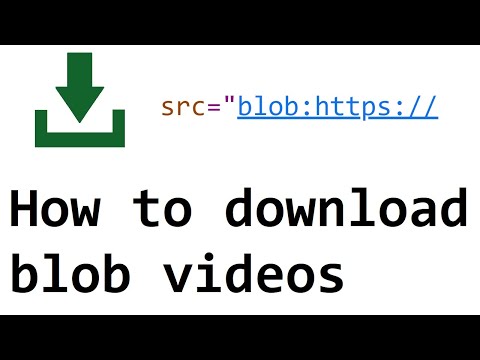
Found 31 images related to blob links are blocked theme






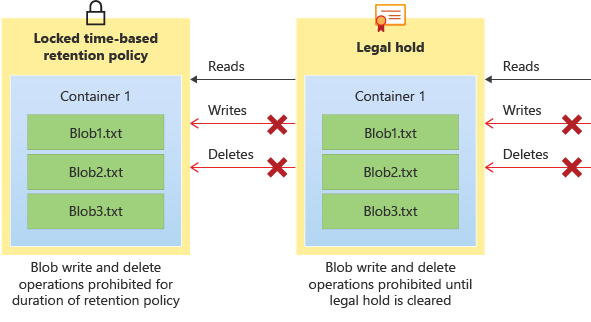




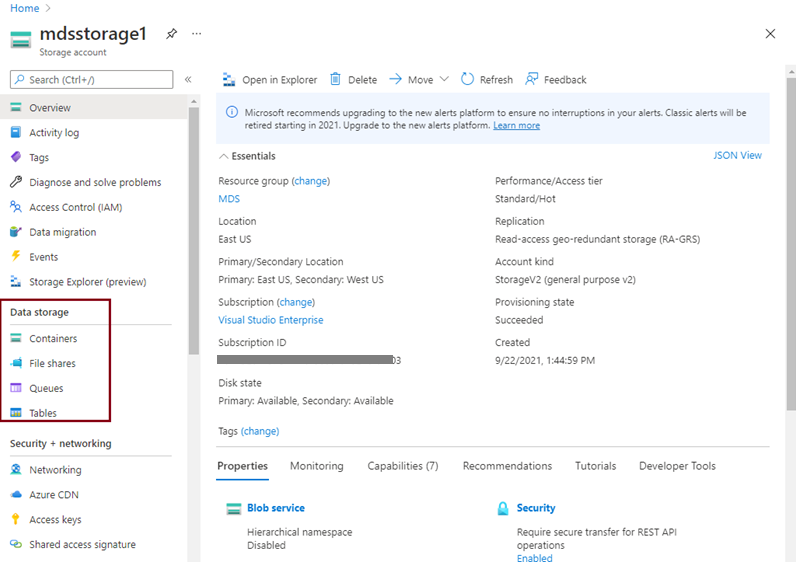

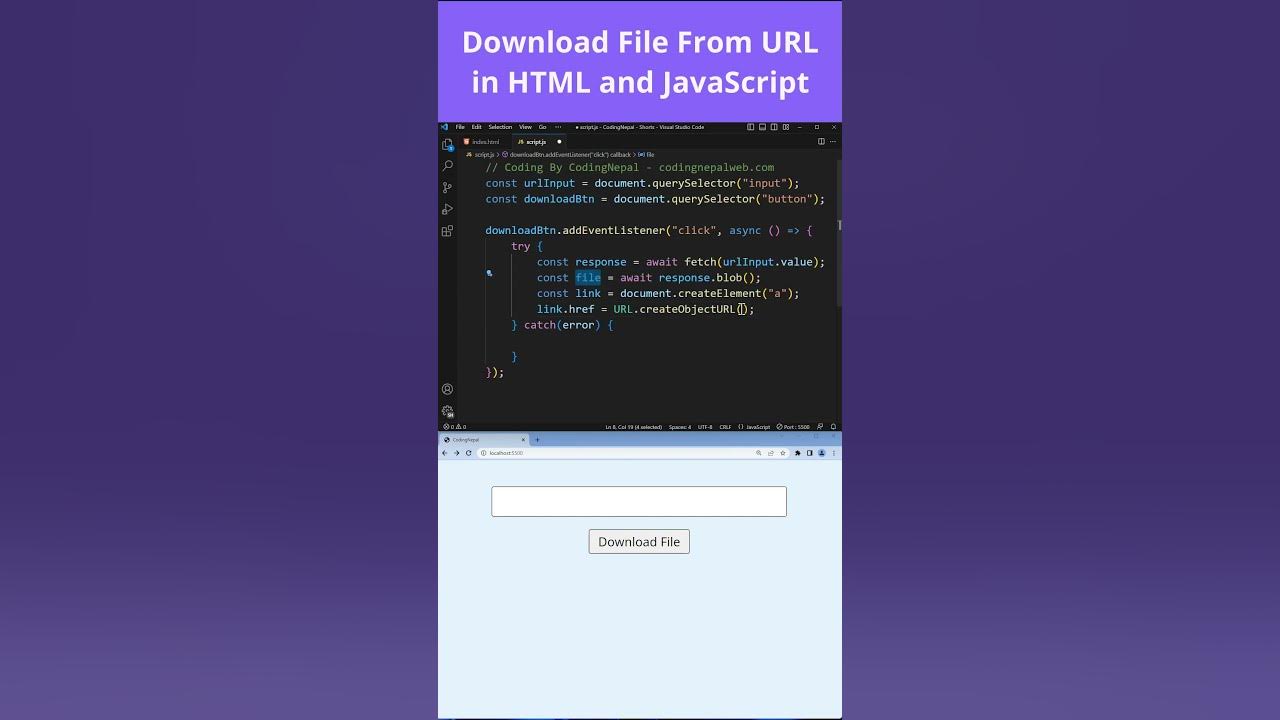
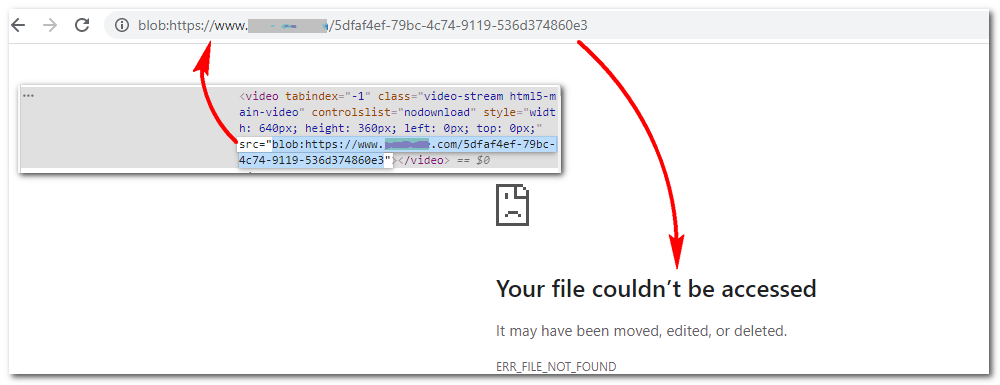

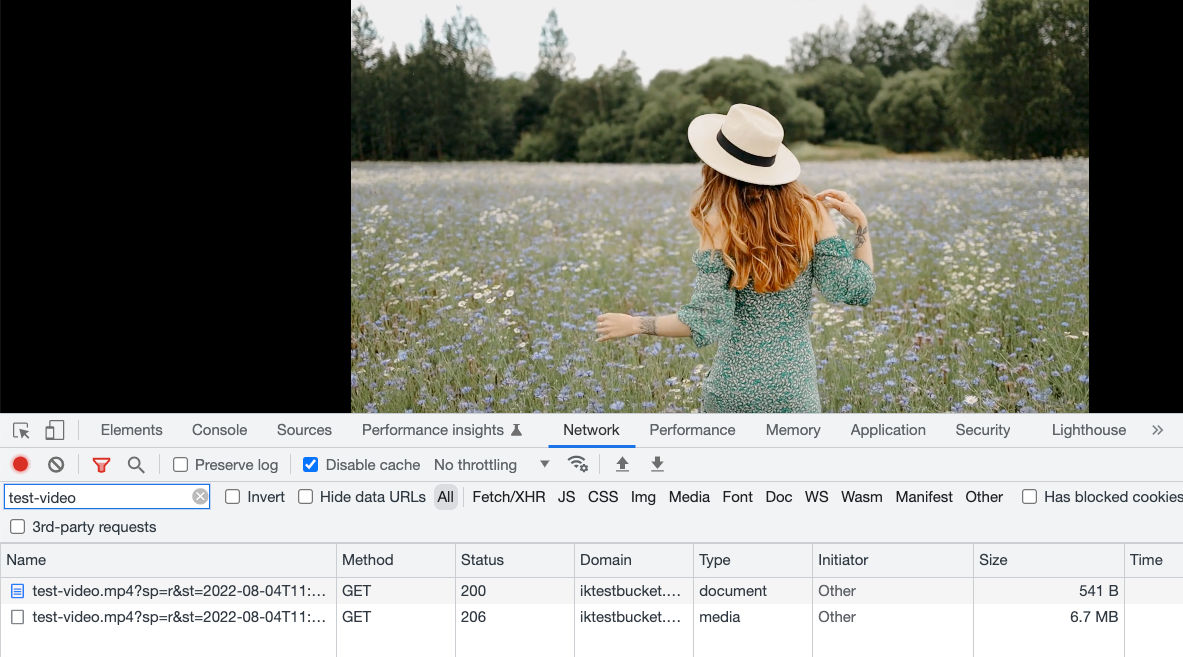


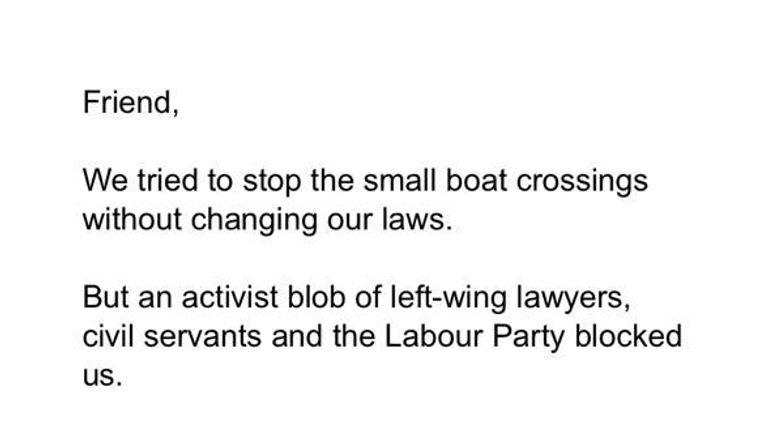




Article link: blob links are blocked.
Learn more about the topic blob links are blocked.
- blob links are blocked – javascript – Stack Overflow
- How to Download a Video With a Blob in the URL – Alphr
- What is a blob URL and why it is used? – Stack Overflow
- Cross Browser Compatibility Score of Blob URLs – LambdaTest
- What is Google Chrome’s blob storage and how to clean it? – Super User
- Chrome failing to open blob in new window/tab – Lightrun
- “Blob” Links are blocked : r/techsupport – Reddit
- How to Download a Video With a Blob in the URL – Alphr
- printing a blob URL is blocked – Forum – Adblock Plus
- Blob url is blocked, when we probably shouldn’t do it · Issue #93
- Downloading “blob” blocked by Chrome – Google Groups
- 892133 – downloading a blob url with chrome … – Monorail
See more: https://nhanvietluanvan.com/luat-hoc/